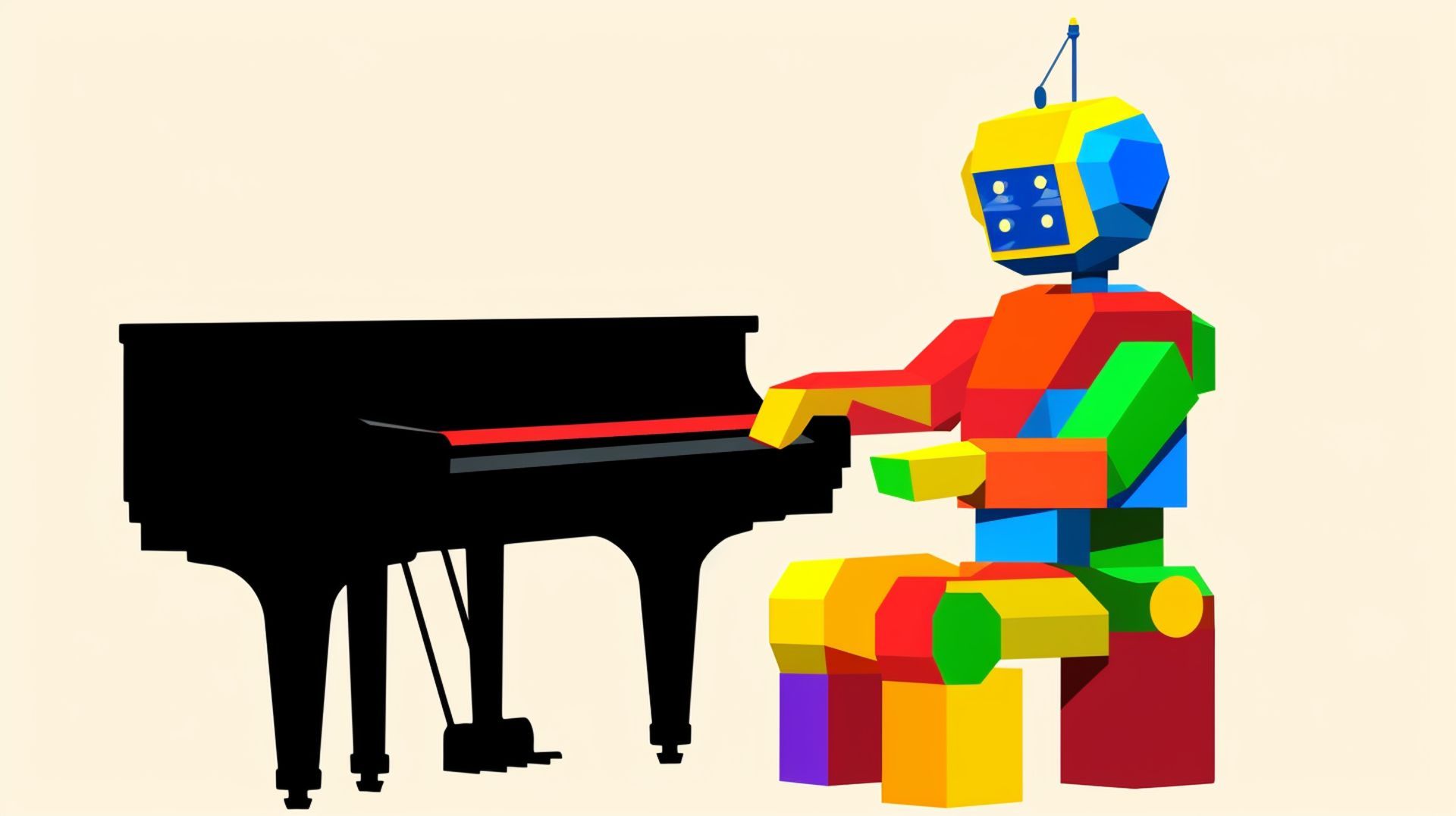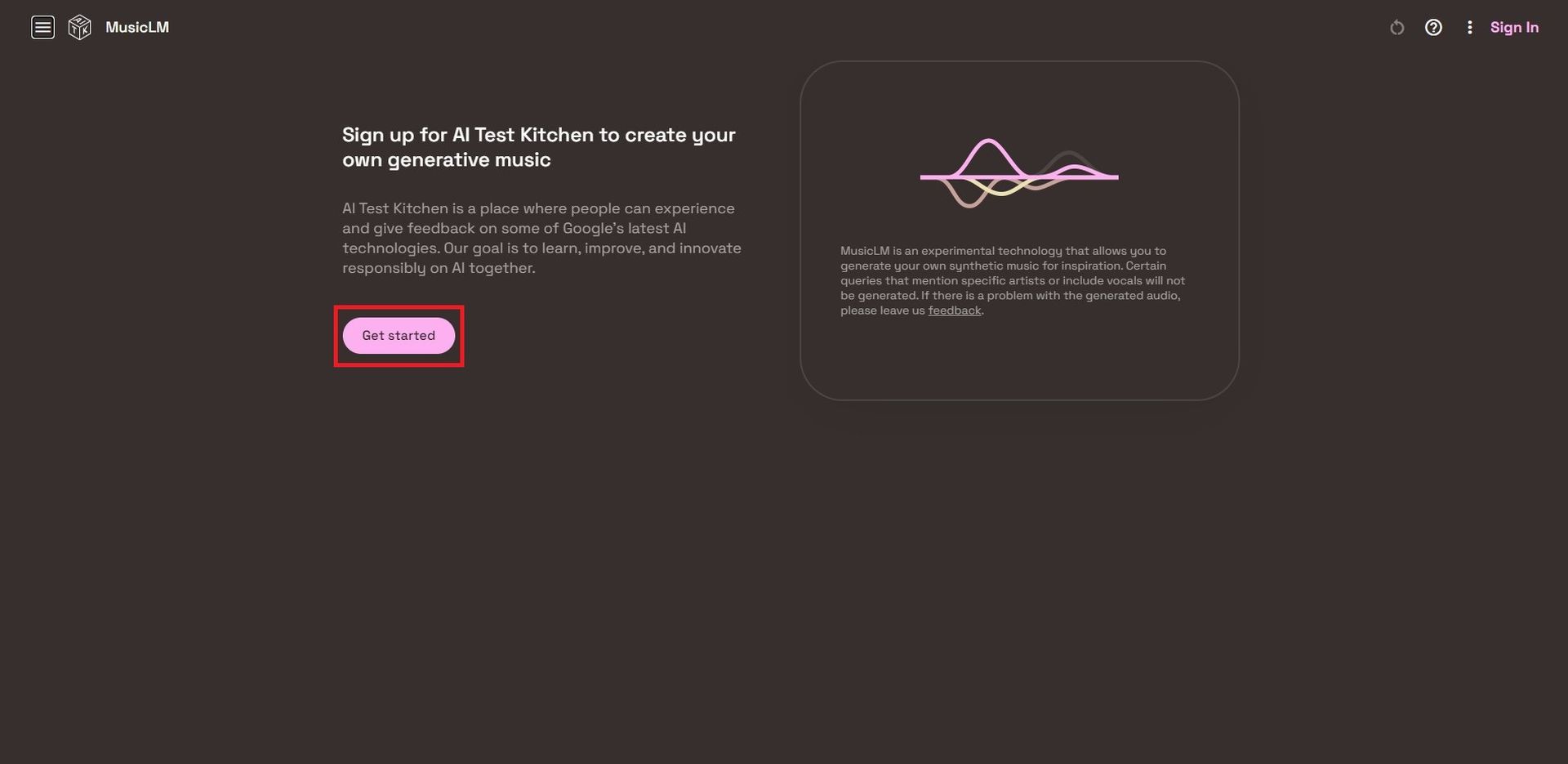Pioneering a new era in the realm of music, Google’s MusicLM stands as a testament to the extraordinary capabilities of AI in generating melodious compositions. Google Music AI masterfully turns textual descriptions into intricate musical pieces, painting a vibrant picture of the countless possibilities that lie at the intersection of AI and music.
Understanding Google Music AI: What is MusicLM?
Emerging from Google’s innovative AI Test Kitchen program, MusicLM is a groundbreaking text-to-music generator. This unique model skillfully crafts high-fidelity music from basic text prompts that resemble everyday language.
With its ability to produce music at a sterling 24kHz and boasting an impressive sampling rate, the end result is nothing short of high-quality audio. The most remarkable facet, however, is the instantaneous nature of Google’s MusicLM AI model, yielding music in virtually no time.
Stepping behind the scenes, the MusicLM algorithm has undergone intensive training on a comprehensive dataset of 5,500 music pieces. These unique compositions have been crafted by the sound artists stationed at Google Arts and Culture Lab.

Accompanying this audio treasure trove are rich textual descriptions, meticulously curated by human experts in the music arena. With an eye on the future of research, Google has generously made this dataset – appropriately dubbed MusicCaps – publicly accessible.
Imagine having the power to weave music with the help of simple textual prompts. If you have ever found yourself struggling to pin down an elusive musical idea, MusicLM is your ultimate ally. It channels your imagination, turning your nebulous ideas into tangible audio.
At present, for any input you provide, MusicLM conjures two tracks, each spanning 20 seconds. Yet, as the research paper behind this Google Music AI model highlights, it has the potential to create cohesive music pieces that last up to an impressive 5 minutes.
How to use MusicLM?
Now that we have a good grasp of what Google’s MusicLM can do, let’s dive in and discover how to make your own AI soundtracks.
- Navigate your way to the official MusicLM website presented by Google and kick-start your journey by clicking on “Get Started.”

- Follow up by clicking on “Register your interest” to join the waitlist.

- Once you’ve registered, log in with your Google account.
- Upon receiving access to MusicLM, proceed by hitting “Try Now.”

It’s time to let your imagination run wild. Type in text descriptions that will serve as the foundation for your musical piece. The prompts could be as simple or complex as you’d like. They could be abstract concepts, special moods, or anything else you fancy.
- Here are some fresh prompts to ignite your creativity:
“A calming symphony designed to bring about deep relaxation”
“A theme song for an adventurous video game. The rhythm is high-energy and lively, dominated by an engaging synthesizer melody. The tune is designed to loop seamlessly and is punctuated with surprise elements such as bell chimes and unexpected pauses.”
“A visual representation of a beautiful sunset. The hues of orange and pink blend harmoniously in the sky, reflecting on the calm ocean. A gentle breeze is blowing, creating a peaceful ripple effect on the water’s surface. In the distance, seagulls are soaring high, their silhouettes creating a mesmerizing contrast against the backdrop of the setting sun.”
Downloading your AI-composed music is as simple as clicking the “three dots” icon located adjacent to the tracks you’ve generated. A pop-up menu will appear, and you just need to select the “Download” option.
A quick heads-up: At this moment, we don’t have access to MusicLM. However, as soon as we receive the activation email, we plan on experimenting with the new prompts we’ve proposed. Stay tuned!
Symphony of progress
AI’s incursion into the music realm opens a universe of thrilling possibilities that stirs a sense of wonderment. Reflecting on this advancement, it’s impossible not to marvel at the sophistication of algorithms like Google’s MusicLM, which hold the power to transform a simple textual prompt into a soul-stirring melody.
The recent proliferation of AI image generators like Midjourney and DALL-E is a testament to the capabilities of machine learning. And now, it’s music’s turn to take a leap into this brave new world. As we grapple with this reality, an array of fascinating questions emerges. Can AI transcend the boundary of sound, just like it has with visuals? Could it harness the abstract, emotional essence of music, replicating the euphoria, sorrow, or calm that a symphony or a solitary note can evoke?
As we stand at the precipice of this frontier, it’s essential to approach with both intellectual curiosity and sincere appreciation for the possibilities it presents. The fusion of AI and music promises an extraordinary journey, one that could redefine our relationship with sound and creativity, as we collectively hum along to the rhythm of progress.
Featured image credit: Kerem Gülen/Midjourney





